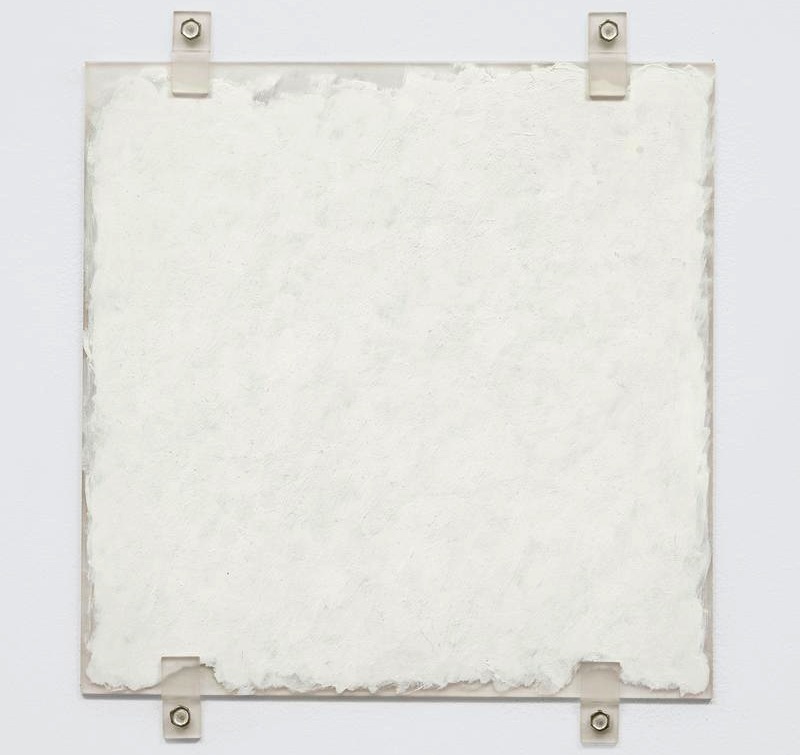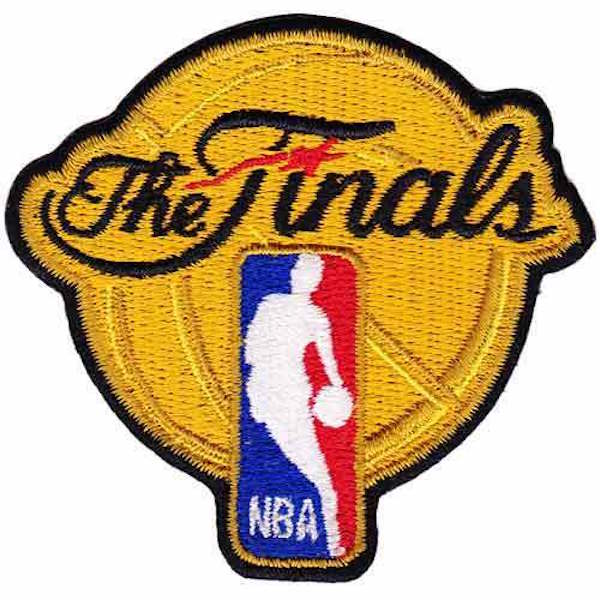Planets,Vernost aka Fidelity (2019) the eight celestial bodies orbiting our sun, are spherical. Exoplanets, the many other celestial bodies orbiting many other suns, are also spherical.
At least that's what scientists thought until the European Space Agency (ESA) got a better look at the "rugby ball shaped" WASP-103b. Discovered in 2014 amid the constellation of Hercules, this news-making gas giant is twice the size of Jupiter and slightly less than 1.5 times its mass.
Astronomers measured WASP-103b and other exoplanets extensively during the ESA's "Cheops" mission (CHaracterising ExOPlanet Satellite), which launched in late 2019 and began observations in spring 2020. The agency published its findings, which rely on data previously obtained by the NASA/ESA Hubble Space Telescope and NASA’s Spitzer Space Telescope, on Tuesday.
"Cheops measures exoplanet transits – the dip in light caused when a planet passes in front of its star from our point of view," explains an official writeup for the ESA.
"Ordinarily, studying the shape of the light curve will reveal details about the planet such as its size. The high precision of Cheops together with its pointing flexibility, which enables the satellite to return to a target and to observe multiple transits, has allowed astronomers to detect the minute signal of the [deformation] of WASP-103b."
 Credit: ESA
Credit: ESA Researchers previously suspected WASP-103b had a high potential for deformation, given the exoplanet's proximity to its sun. Its orbit around host star WASP-103 completes an entire revolution in less than one Earth day. This makes its tides especially strong, effectively reshaping WASP-103b's mass. The bizarre oval exoplanet can theoretically tell us more about worlds like it and how they're formed.
"The resistance of a material to being deformed depends on its composition," says lead author of the research Susana Barros, also via the ESA. "For example, here on Earth we have tides due to the moon and the sun but we can only see tides in the oceans. The rocky part doesn’t move that much. By measuring how much the planet is deformed we can tell how much of it is rocky, gaseous, or water."
SEE ALSO: Planets, rankedThe composition of WASP-103b is of particular interest for two primary reasons. First, the exoplanet appears to be unusually bloated, which could tell us more about gas giants and their behavior.
"In principle we would expect a planet with 1.5 times the mass of the Jupiter to be roughly the same size, so WASP-103b must be very inflated due to heating from its star and maybe other mechanisms," Barros explains. For reference, WASP-103b is approximately 20 times as hot as Jupiter.
This Tweet is currently unavailable. It might be loading or has been removed.
Second, strong tides impact "orbital decay." That's the gradual decrease of distance between stellar bodies. Based on stellar physics, WASP-103b should theoretically be inching ever-closer to the larger WASP-103, eventually colliding with and becoming engulfed by its host star. But the ESA has detected WASP-103b doing the opposite, slowly moving further away from WASP-103.
Scientists posit a number of explanations for the baffling behavior, including the underwhelming reality that the data may simply be wrong. (We're investigating space here; it's new territory!) More data is needed. So the James Webb Space Telescope, which launched Christmas Day and uses powerful infrared technology, is on its way to assist. Cheops will continue to gather data as new observations and theories are made.
Research co-author Jacques Laskar concludes, "This study is an excellent example of the very diverse questions that exoplanet scientists are able to tackle with Cheops, illustrating the importance of [its] flexible follow-up mission."
 CES 2025: 7 AI
CES 2025: 7 AI
 TikTok recipe for air fryer chicken skewers is surprisingly delicious and simple
TikTok recipe for air fryer chicken skewers is surprisingly delicious and simple
 Staring Deep into Robert Ryman’s White Squares
Staring Deep into Robert Ryman’s White Squares
 Best Anker deal: Anker 747 power bank is under $100
Best Anker deal: Anker 747 power bank is under $100
 Dallas Mavericks vs. Boston Celtics 2025 livestream: Watch NBA online
Dallas Mavericks vs. Boston Celtics 2025 livestream: Watch NBA online
 Watch AI teach Mark Zuckerberg how to braid hair using Meta Smart Glasses
Watch AI teach Mark Zuckerberg how to braid hair using Meta Smart Glasses
 Netflix confirms price hike for basic, premium plans
Netflix confirms price hike for basic, premium plans
 The NBA Finals Get Interesting
The NBA Finals Get Interesting
 Best Presidents' Day deal: Save $44 on Fitbit Charge 6
Best Presidents' Day deal: Save $44 on Fitbit Charge 6
 One Night Only! The Implosion of the Riviera, Monaco Tower
One Night Only! The Implosion of the Riviera, Monaco Tower
 NYT Connections Sports Edition hints and answers for January 16: Tips to solve Connections #115
NYT Connections Sports Edition hints and answers for January 16: Tips to solve Connections #115
 Can Poets Save the Parks? Well … Maybe.
Can Poets Save the Parks? Well … Maybe.
 Habitat for Humility: Voluntourism in Lesotho
Habitat for Humility: Voluntourism in Lesotho
 Clouds Are the New Fireworks
Clouds Are the New Fireworks
 Today's Hurdle hints and answers for December 18
Today's Hurdle hints and answers for December 18
 We’re Both Dippy Over Him, and Other News by Dan Piepenbring
We’re Both Dippy Over Him, and Other News by Dan Piepenbring
 Staff Picks: Eliot Weinberger, Max Porter, Andrzej Zulawski
Staff Picks: Eliot Weinberger, Max Porter, Andrzej Zulawski
 So Apple did release a new iPad — but it's not that exciting
So Apple did release a new iPad — but it's not that exciting
 Boston Celtics vs. Dallas Mavericks 2025 livestream: Watch NBA online
Boston Celtics vs. Dallas Mavericks 2025 livestream: Watch NBA online
 Get a eufy Security video doorbell for under $70
Get a eufy Security video doorbell for under $70
Extreme heat brings temperatures over 90 degrees to the Arctic CircleGoogle Maps on iOS can now 'match' you with restaurantsReese Witherspoon had a glorious response to these new 'Big Little Lies' photosPilot's tweets about flying her own mother is the feel good story we need right nowSolar flares severed radio communication during 2017 hurricane seasonWe desperately wish this Olive Garden makeup palette was realGoogle Maps on iOS can now 'match' you with restaurantsYou're not being rickrolled: Rick Astley just hit number one in the UKTouch is no longer a requirement for Snapchat LensesTesla wants to add video games, and the internet has suggestionsKit Harington punched 'Game of Thrones' actor IRL while filmingA 'Queer Eye' book is coming to gift you joy before the holidays24 super honest Father's Day cards for every type of dadUber's selfBring Thandie Newton back to 'Mission: Impossible,' you cowardsPhotoshopping the Norman Reedus 'Death Stranding' trailer became a sport during E3 weekAide who saved Gabrielle Giffords' life speaks out about Jo Cox's murderTerminator sequel photo shows us Sarah Connor and maybe a hint or twoOrlando shooter posted to Facebook multiple times during massacreFacebook launches 'Time Management' tools without behavioral research V. S. Naipaul, the Man Versus the Work Cixin Liu, China, and the Future of Science Fiction The Silence of Sexual Assault in Literature by Idra Novey Cracked Fairy Tales and the Holocaust by Sabrina Orah Mark Writers’ Fridges: Walter Mosley Hooker’s Green: The Color of Apple Trees and Envy by Katy Kelleher Vodka for Breakfast: On the Melancholy of Cheever's Journals by Dustin Illingworth Looking for Lorraine by Imani Perry Ugliness Is Underrated: In Defense of Ugly Paintings Redux: If You Can Hoe Corn for Fifty Cents an Hour … by The Paris Review The Most Selfish Choice Redux: V. S. Naipaul by The Paris Review The Godmother of Flash Fiction by Bradley Babendir Late Art by Anna Ostoya and Ben Lerner Staff Picks: Bald Heads, Baldwin, and Bruce LaBruce by The Paris Review Where Do We Go When We Read? Poetry Rx: Your Naked Back in the Mirror by Claire Schwartz The Moment of Distraction Always a Tough Guy at Heart by Tadao Tsuge The Last of French Seventies Counterculture by Stephanie LaCava
0.8231s , 10139.0703125 kb
Copyright © 2025 Powered by 【Vernost aka Fidelity (2019)】,Exquisite Information Network